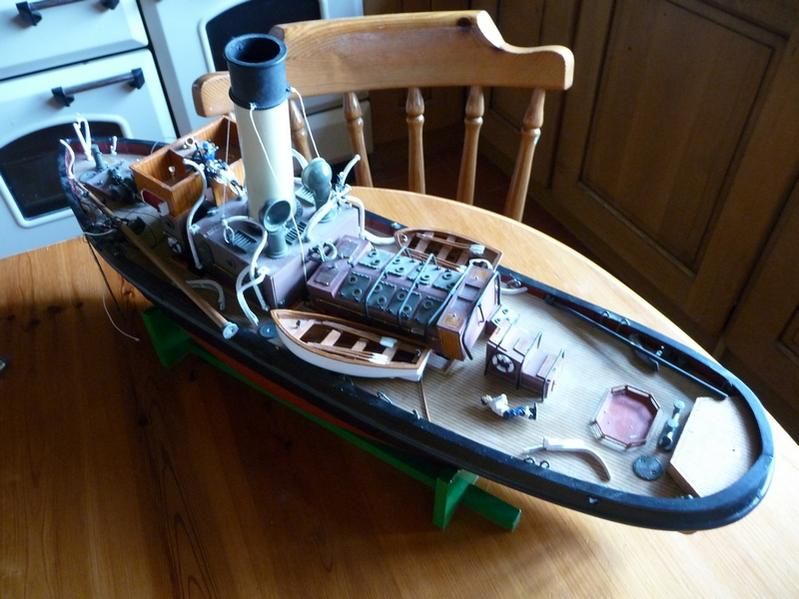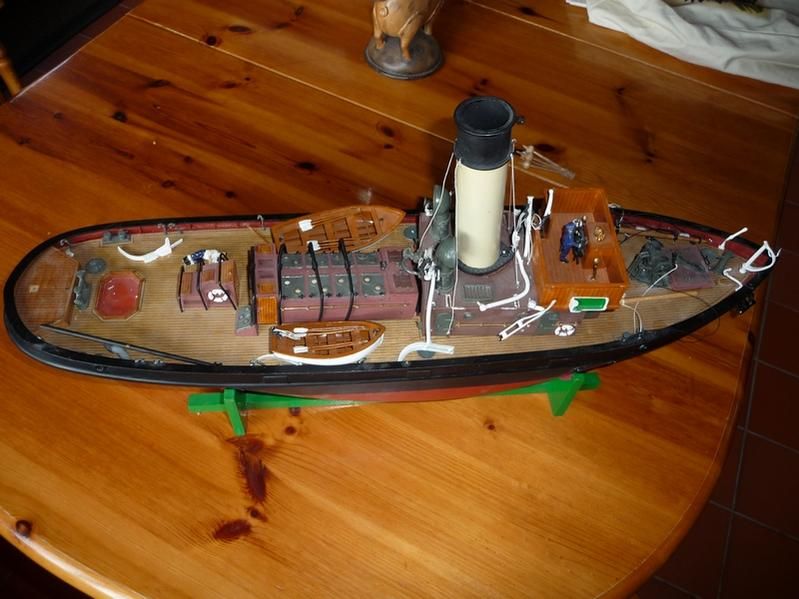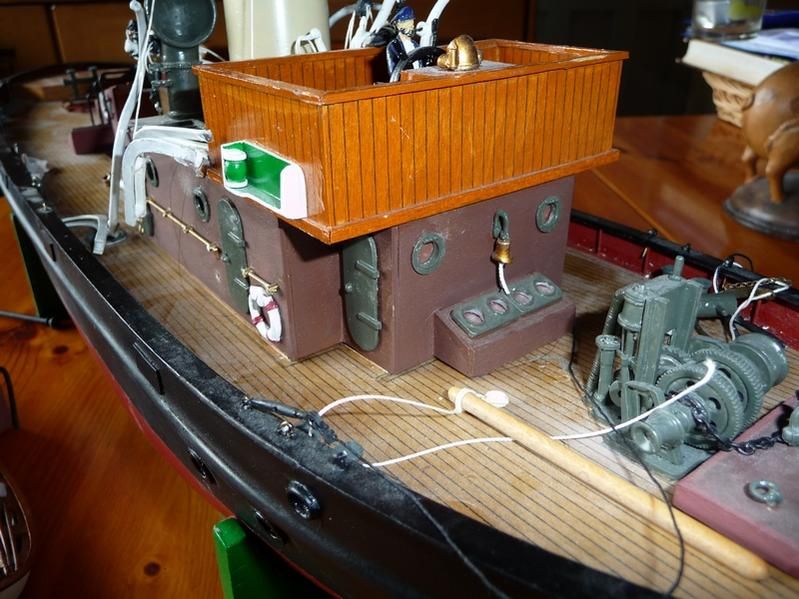Hi Charlie and welcome to the forum. This is such an interesting subject for me, a story of which I described in only last month's Model Boat Magazine, August 2021.
I bought a Caldercraft Joffre many years ago from someone who admitted that it was their first build. It looked OK and I was pleased with the standard. I didn't test it in the bath but took it down to the pond for its first outing, which proved to be the first big mistake. As soon as I put it in the water I was concerned as regards how low it sat. Not taking it out again was the next mistake. When I put the throttle forward the model shot forward like a scalded cat and the nose dug into the water. That was my second opportunity to save it missed!
I then let the model go over to the far side of the pond while I started to have a chat with a youngster watching the boats sailing around. I decided to bring it back so pushed the throttle forward. After a few more seconds talking with the youngster I looked again at the Joffre and thought she looked a little lower than she was. Ignoring that fact was the last mistake. The next time I looked at it the stern was sticking out of the water with the propeller fanning the ducks. She went down very quickly!
I was going to leave it but the club members persuaded me to get the rescue boat out and see if I could recover it. I didn't think I had a chance but promptly started to make a complete fool of myself going around in very small circles with a grappling hook in the area where we thought it might have gone down. Believe it or not after around 20 minutes I pulled it up on the grappling hook. The propeller was still turning! I'd lost the stern grating and both lifeboats with a few other details but the main bits were still there.
It then sat on the shelf in disgrace (Mine!) for a few months before I decided to have a look at it. The obvious mistakes were A) Far too much ballast, putting it very low in the water, B) Far too powerful a motor for such a small model and C) The coaming around the base of the accommodation was quite low allowing a flooded deck to overflow into the hull.
The coaming was built up, the damaged and lost bits were all replaced and large chunks of lead sheeting were removed from the hull. The motor still worked and looked very difficult to get at so I decided to live with it. She got a complete repaint, figures on the bridge, new rigging and additional detailing and a weathering job. It is now probably one of my favourite models.
The moral is to thoroughly test any second hand model before committing to the water as you have no idea how it has been built and what the experience of the builder was. Test everything you can think of in the bath, decide what needs modifying and what you can live with and then have a reasonable degree of confidence that when you put it on the pond it will work reliably.
And feel free to ask any question you can think of.








